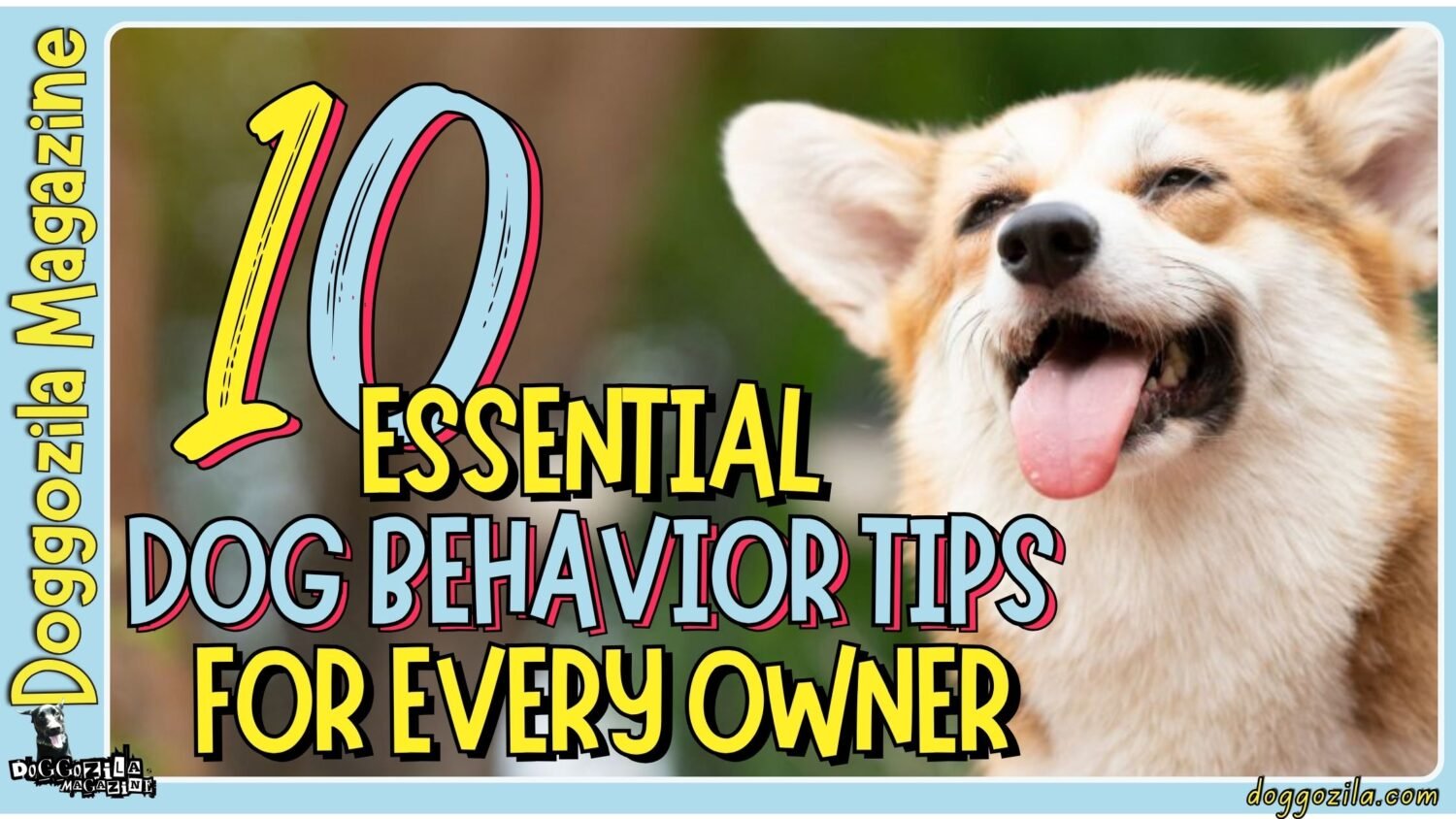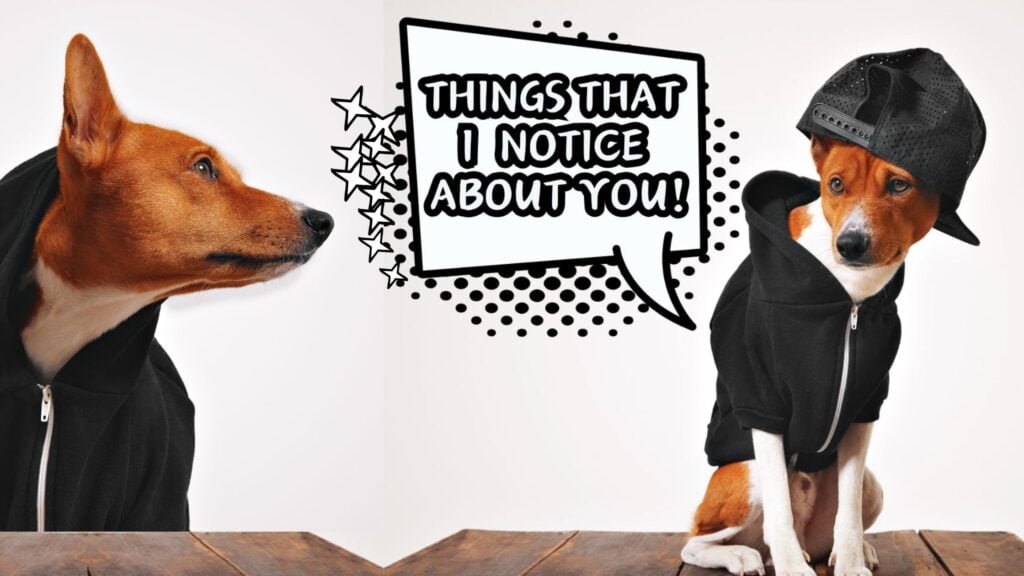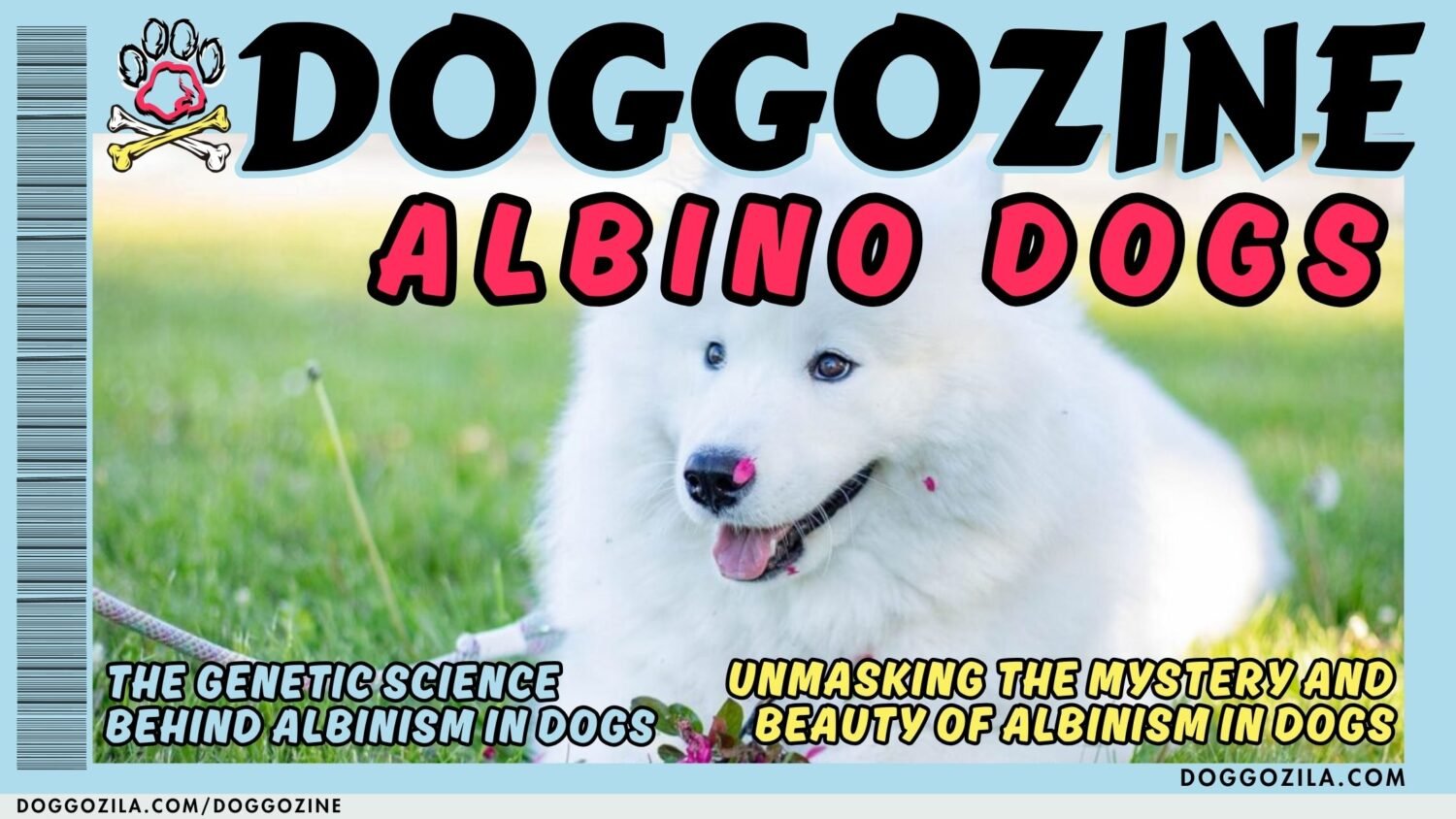One of the most common, and surprisingly perilous, missteps involve approaching dogs unseen and unheard. Understanding why sneaking up on dogs is dangerous isn’t just about avoiding a nip; it’s about respecting their primal nature and safeguarding the relationship we cherish. It’s a journey into the fascinating world of dog perception and survival mechanisms.
For millennia, humans and dogs have forged an incredible bond built on trust, companionship, and mutual understanding. We share our homes, our lives, and often, our deepest secrets with these loyal companions. Yet, despite this profound connection, there are still fundamental ways we can inadvertently breach their trust and trigger ancient instincts lurking beneath their domesticated exterior.
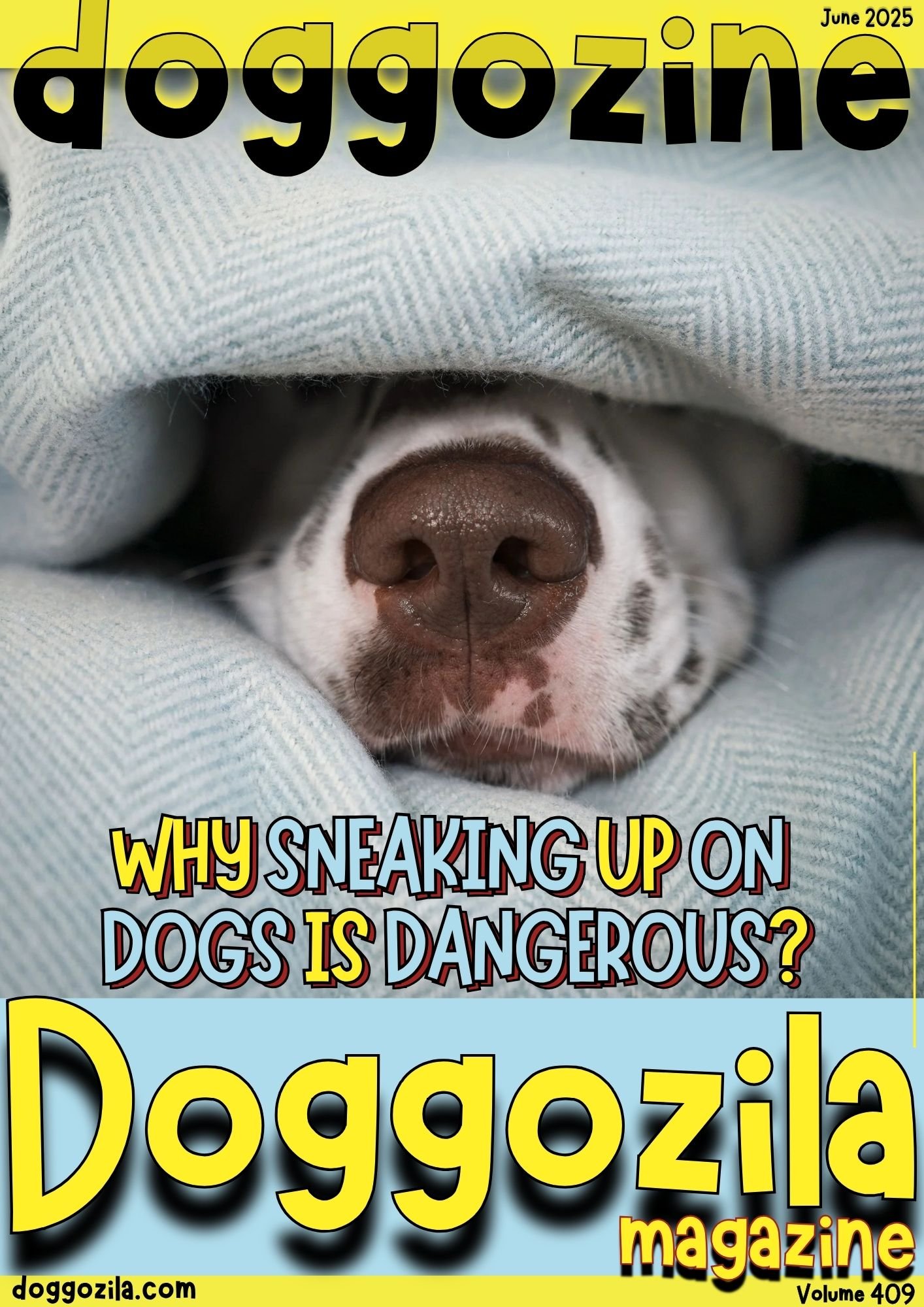
THE QUIET APPROACH: WHY SNEAKING UP ON DOGS IS DANGEROUS AND OFTEN MISUNDERSTOOD
Dogs rely heavily on their senses to interpret the world, especially sound and smell. When someone approaches from behind without warning, it can send their primal instincts into high alert. While some dogs are easygoing, others may react with fear, confusion, or even aggression. The surprise moment doesn’t just startle them—it can feel like an attack. This is the very foundation of why sneaking up on dogs is dangerous, despite how harmless it might seem.
When a dog is suddenly surprised – especially from behind or while asleep – this system floods their body with adrenaline and cortisol, preparing them for instantaneous action: fight, flight, or freeze. Their heart rate skyrockets, muscles tense, and rational decision-making takes a backseat to pure instinct. In that split second of sheer panic, even the gentlest family pet can react defensively without any malicious intent.
Why Sneaking Up On Dogs Is Dangerous Even With Familiar Humans Around
Even with owners close by, dogs can feel threatened if approached silently from behind. Trust doesn’t always override instinct. In a 2020 case study, a rescue dog bit a family friend who tiptoed up behind her to give a hug. The dog had been previously abused and linked surprises to trauma. Veterinarians emphasize that startled dogs often have shorter warning windows before reacting.
This makes sneak approaches more volatile than expected. Teaching dogs to feel safe with rear-approach exercises helps, but they should never replace consent cues. Understanding a dog’s emotional triggers helps prevent unnecessary trauma. That’s another reason why sneaking up on dogs is dangerous—you just don’t know their history.
A Real-World Example Shows Why Sneaking Up On Dogs Is Dangerous At Dog Parks
Consider the story of Max, an elderly Golden Retriever who was spooked by a skateboarder at a park. The skateboarder didn’t even touch him—he just zoomed in from behind. Max, startled and confused, tried to escape and ended up running into traffic. He survived, but his owners now tell the story to educate others. Many dogs don’t have the reflexes to process fast rear movements.
That instant panic can lead to injuries or traumatic imprints. Dog parks need mindfulness, not just for off-leash etiquette but for awareness of proximity and sound. This incident underscores why sneaking up on dogs is dangerous—it’s not about aggression, it’s about panic. Panic doesn’t discriminate between friendly and threatening humans.
Startled Reactions: Why Sneaking Up On Dogs Is Dangerous With Certain Breeds
Some breeds are more reactive due to instincts or working-line traits. Border Collies and German Shepherds, for instance, are intensely alert. If these dogs are approached from behind while focused on a task, their response can be swift and sharp. Startling a working breed mid-task can trigger a defensive nip or bark.
A 2019 behavior journal reported an uptick in redirected aggression incidents following silent approaches. This highlights a pattern rooted not in training failure, but human misunderstanding. Dogs read rear approaches as ambushes in predator-prey language. Their instincts aren’t wrong—they’re just different from ours. That’s precisely why sneaking up on dogs is dangerous, particularly with intelligent, high-strung breeds.
🔑 Key Points: Sneaking up on dogs triggers their primal instincts, making them feel threatened even if the intention is harmless. Dogs rely on sound and smell to interpret their surroundings, and silent approaches can provoke fear or aggression.

IT’S NOT A JOKE: WHY SNEAKING UP ON DOGS IS DANGEROUS EVEN DURING PLAY
Dogs love playing, but even play has rules in the animal world. Jump scares or sneaky “boos” might be fun between people, but they can confuse or frighten a dog. Imagine playing fetch and someone suddenly grabs your tail—dog logic says “danger,” not “prank.” Play should build trust, not tension. That’s part of the equation why sneaking up on dogs is dangerous, even in moments that seem lighthearted.
What was playful yesterday could be the trigger for a bite tomorrow if the dog’s internal state has shifted. This normalization dangerously obscures why sneaking up on dogs is dangerous, turning a genuine risk into a casual joke. It’s a gamble with their sense of security.
Why Sneaking Up On Dogs Is Dangerous When Children Are Involved
Kids often approach dogs excitedly and without much warning. This combination of speed, unpredictability, and affection can backfire. A dog that’s napping or eating may react harshly if startled by a small child. In one suburban household, a child tried to “surprise” the family pet with a hug from behind—result: a nip, a scar, and a lot of heartbreak.
Not because the dog was mean, but because the moment ignored canine boundaries. Teaching children appropriate ways to greet dogs is non-negotiable. Dogs, no matter how sweet, aren’t plush toys. Emotional bonds between dogs and kids should be grounded in mutual respect. That’s a clear reason why sneaking up on dogs is dangerous—it risks damaging bonds that take years to build.
Toy Distractions Don’t Negate Why Sneaking Up On Dogs Is Dangerous
Squeaky toy in their mouth? Doesn’t matter. A toy-focused dog can still startle if approached too silently. Playtime is not the same as distraction; dogs often stay hyper-attuned even during fun. Surprises don’t amplify joy for them—they introduce confusion.
One study from a San Diego dog behavior clinic found that even during tug-of-war, 30% of dogs startled when touched without warning. These weren’t aggressive dogs, just surprised ones. Play is sacred to them, but it must be safe, too. This explains why sneaking up on dogs is dangerous, even in joyful moments—they still need clarity of intent.
Respecting Boundaries: Why Sneaking Up on Dogs is Dangerous for Rescue Animals
Rescue dogs often have emotional baggage that makes startles extra intense. Many of them were mistreated, ignored, or isolated before being given loving homes. While they may thrive in a calm environment, sudden back-approaches can resurrect past trauma. This taps into a psychological truth why sneaking up on dogs is dangerous—trauma sits close to the surface for many rescues. And it doesn’t take much to trigger a regression.
🔑 Key Points: Trust doesn’t always override instinct, especially with rescue dogs or those with past trauma. A silent approach can lead to quick defensive reactions, regardless of the dog’s relationship with the person.
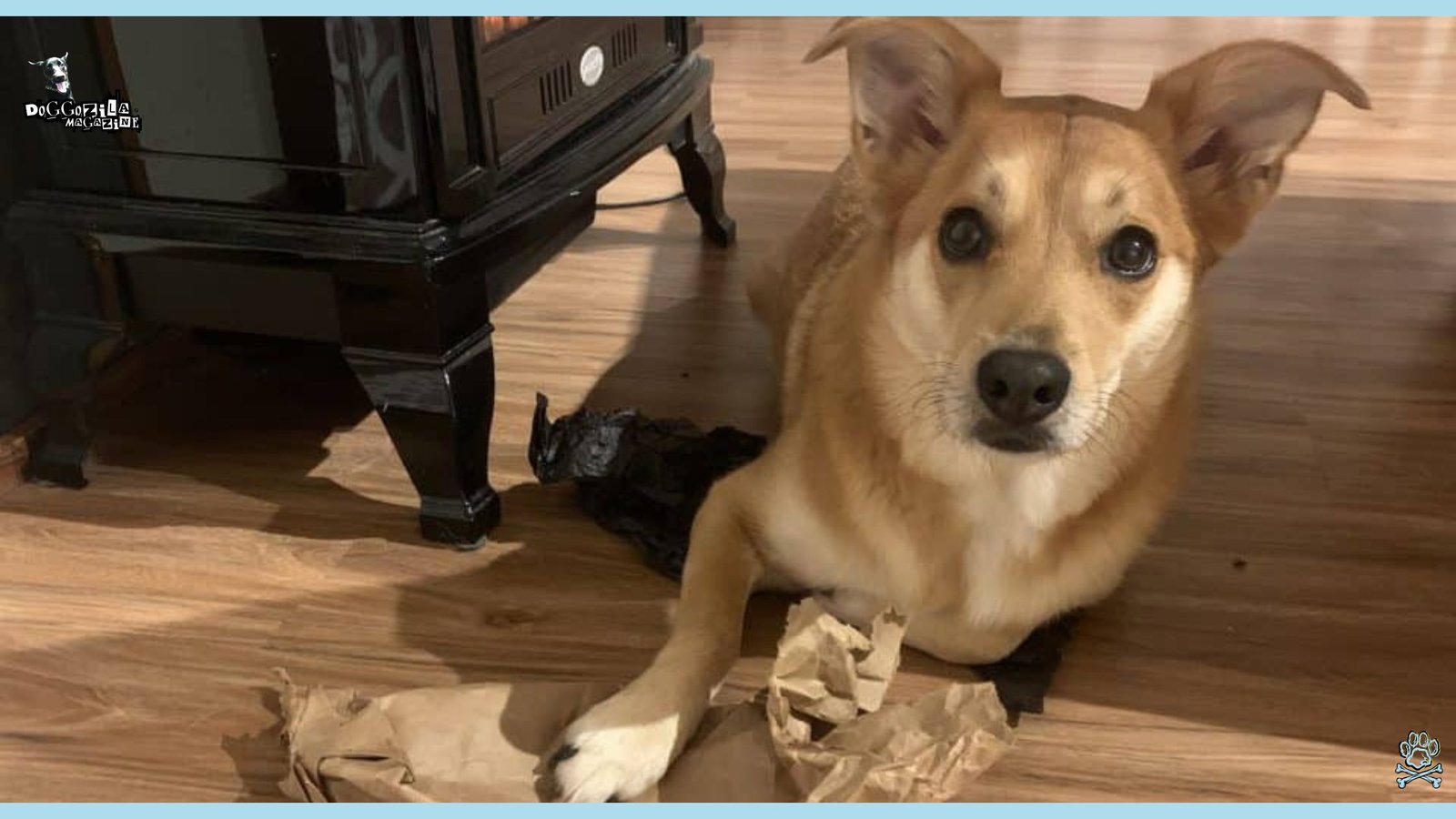
SHELTER PROFESSIONALS KNOW WHY SNEAKING UP ON DOGS IS DANGEROUS POST-ADOPTION
Animal behaviorists emphasize the importance of predictable routines post-adoption. Many rescue groups now include modules on respectful dog approach in their training packages. Trust needs to be rebuilt gently, not forced with affection bombs. A moment of silence before a touch can make all the difference. That’s how shelter professionals prove why sneaking up on dogs is dangerous in real life.
A case in Berlin involved a retired military dog who attacked his new owner during a back surprise. Turns out, the dog had been trained to react swiftly to threats from behind. The shelter had flagged him as high-response, but it wasn’t properly communicated. This tragic case is a grim reminder of how easily things can go wrong.
From Tail Wags to Tail Spikes: Even Friendly Dogs Can React When Startled
Even the gentlest, tail-wagging pup can snap if it feels threatened. Sneaking up on dogs isn’t just a behavior faux pas—it’s a risk that blurs the line between playfulness and provocation. Dogs don’t always react with warnings; their defense might be immediate. That’s why even minor sneak-ups can go south quickly. Understanding why sneaking up on dogs is dangerous starts with realizing that every dog has a personal threshold—and those limits vary wildly.
Startle Thresholds Explain Why Sneaking Up On Dogs Is Dangerous In Calm Settings
You might assume quiet living rooms or peaceful gardens are safe zones. But even in calm places, dogs can be startled by the unexpected. Canine startle thresholds—the point at which a dog shifts from calm to alert—are influenced by age, temperament, and past experiences. A sleeping dog, for example, is more likely to bite than a fully alert one if woken up abruptly.
In one urban vet clinic, 4 out of 5 unexpected bites in a six-month period happened indoors, in quiet environments. That stat alone shifts how we understand surprise risks. When people ask why sneaking up on dogs is dangerous, they often overlook peaceful moments where tensions still lie beneath the surface. Even your dog’s favorite couch can turn into a defensive zone if you approach it wrong.
Why Sneaking Up On Dogs Is Dangerous During Grooming And Vet Visits
Routine care like grooming or vet checkups can already stress dogs out. Add a surprise rear approach into the mix, and the scene can quickly unravel. Dogs in unfamiliar or vulnerable situations are hypersensitive. A 2022 behavioral study found that rear-touch grooming surprises caused 37% more escape attempts.
The implications? Dogs don’t just dislike being surprised during care—they may develop a lasting aversion to it. Groomers now use verbal cues and front-facing introductions to avoid triggering fear. Proper approach techniques make the difference between a smooth session and a potential injury. That’s just another answer to why sneaking up on dogs is dangerous—especially when they’re already on edge.
🔑 Key Points: Sudden movements from behind (like a skateboarder approaching) can cause panic, leading to dangerous situations like running into traffic. Dogs may not differentiate between friendly and threatening actions when startled.

HEARING IMPAIRMENTS SHOW US WHY SNEAKING UP ON DOGS IS DANGEROUS MORE THAN EVER
Senior dogs or those with partial hearing loss can’t detect subtle sounds. These pups rely more on vibration or visual cues. Without hearing, a rear approach can become a full-blown shock. Owners with deaf pets are advised to use floor vibrations or visual signals before touching. Failing to do so doesn’t just startle—it can result in scratches, bites, or trauma relapses. In this context, it’s crystal clear why sneaking up on dogs is dangerous—you’re removing their only layer of awareness.
Studies from canine rehab clinics show hearing-impaired dogs react more violently to surprise than fully hearing ones. The lack of auditory warnings makes a silent approach genuinely threatening.
Teaching Respectful Habits: Alternatives to Sneaking Up on Dogs that Build Trust
The best relationships with dogs come from consent-based interactions. Instead of surprises, offer cues like your voice or a visible approach. Dogs thrive on clear communication and routine. Teaching friends, family, and kids how to approach dogs respectfully isn’t just good manners—it’s safety 101. And if you’re wondering why sneaking up on dogs is dangerous, the answer might just be that it’s the least respectful way to show love.
Positive Reinforcement Replaces Why Sneaking Up On Dogs Is Dangerous With Trust
Training your dog to handle rear touches starts with patience and rewards. Use treats or toys to associate gentle back touches with fun experiences. Over time, this can help reduce startle reflexes—but it’s never a substitute for respectful approach habits. A well-socialized dog still needs clear signals.
One pet therapist noted that dogs trained with approach cues had 43% fewer startle incidents over six months. Treats and kind tones set the scene, but consistent communication is what really builds trust. The more your dog feels safe, the better they respond to life’s surprises. That’s how we shift the narrative around why sneaking up on dogs is dangerous—by replacing it with practiced consent.
Teaching Visitors Why Sneaking Up On Dogs Is Dangerous Pays Off In Every Visit
It’s not just dog owners who need to know the rules—guests should be informed, too. Providing clear instructions about not sneaking up on your dog can prevent accidents. Some owners even use signage or playful welcome cards with do’s and don’ts for new visitors.
One family in Amsterdam added a “Meet Me First” poster by their entrance, asking guests to greet their Shih Tzu face-on. Within months, the dog stopped hiding under furniture during parties. Social exposure paired with positive reinforcement made the difference. The lesson? Educate your guests on why sneaking up on dogs is dangerous, and you’ll build a safer, more confident home for your pup.
🔑 Key Points: Working breeds like Border Collies and German Shepherds have heightened alertness, making them more likely to react defensively if approached silently while focused.
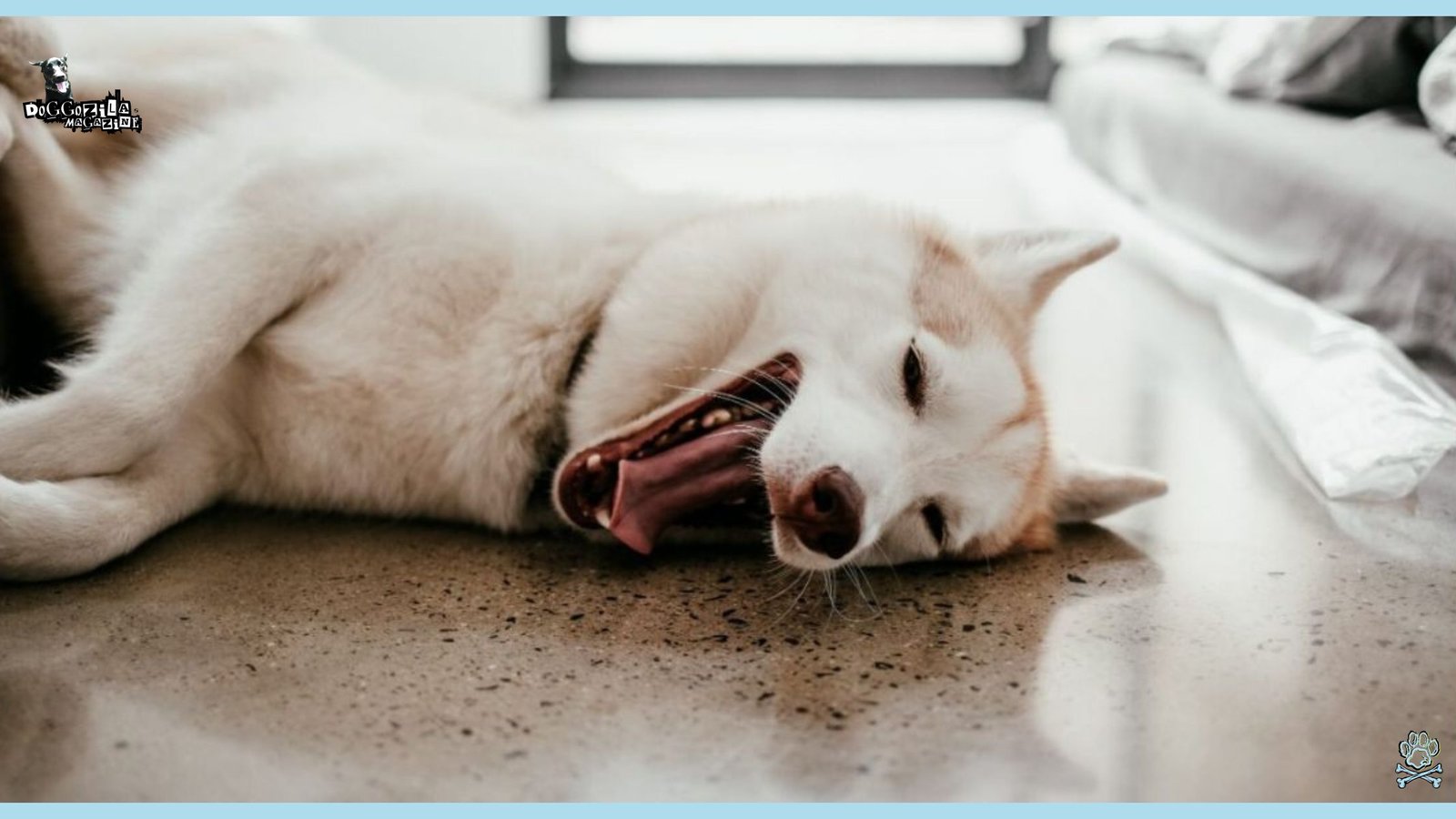
THE UNBREAKABLE BOND: TRUST FORGED THROUGH RESPECT
Choosing predictability over surprise isn’t just about avoiding bites; it’s the cornerstone of building a truly deep, trusting, and joyful relationship with your dog. Why sneaking up on dogs is dangerous ultimately boils down to this: it erodes the very foundation of trust and security that allows the human-canine bond to flourish. Respecting their space and communication is the ultimate expression of love and understanding for the magnificent, instinctual creature sharing your life. It transforms cohabitation into a genuine partnership.
When your dog knows they can relax deeply without fear of ambush, when they understand that your approach signals safety or pleasant interaction rather than threat, their confidence blossoms. This profound sense of security allows their true personality to shine – playful, goofy, affectionate, and deeply connected.
Confidence is Key: How Predictability Creates a Bold Companion
A dog who feels consistently safe in their environment becomes a remarkably confident companion. They aren’t perpetually scanning for threats or bracing for surprises. This liberated mental energy allows them to engage more fully with the world – exploring new places, meeting new people (with appropriate introductions), and handling minor stressors with resilience. You’ll see it in their relaxed posture, their willingness to try new things, and their overall sunny disposition.
This confidence isn’t arrogance; it’s the quiet assurance that comes from knowing their human has their back and their home is a sanctuary. Choosing announced entrances over stealth attacks is a direct investment in this canine confidence, proving you grasp why sneaking up on dogs is dangerous and actively choose the path that builds them up. A confident dog is a happy dog, and a joy to live with.
The Deep Dive: Understanding as the Ultimate Adventure
Living mindfully with a dog, respecting their instincts and communication, is an incredible adventure. It’s a journey into understanding a different species, learning their subtle language, and seeing the world through their senses. It’s about noticing the slight ear flick, the subtle shift in weight, the meaning behind different tail wags.
Trading the fleeting, potentially harmful amusement of a startled jump for the deep satisfaction of a dog who greets you with genuine, relaxed joy is choosing a richer, more meaningful connection.
This mindful co-existence, rooted in understanding why sneaking up on dogs is dangerous, transforms everyday interactions into moments of mutual respect and deepens the bond in ways simple play cannot. It’s the coolest kind of exploration – navigating two worlds together with empathy and awareness. The trust you build is the ultimate reward.
Embrace the Announced Arrival: Your Canine Partnership Awaits
Understanding why sneaking up on dogs is dangerous is the first step. Implementing the “announced entrance” as your default approach is the game-changer. It’s a small shift in habit with monumental rewards: preventing bites, reducing canine anxiety, building unshakeable trust, and fostering a truly confident, happy companion.
Ditch the outdated idea that surprising your dog is funny or harmless. Choose clarity. Always choose communication. Choose respect. Make every approach a calm, predictable signal that says, “Hey buddy, it’s just me.” Watch your dog relax deeper, trust more fully, and blossom into the bold, joyful partner they were meant to be. That’s the ultimate adventure in canine companionship. Start knocking on their world’s door today.
🔑 Key Points: Even during play, sneaking up on a dog can confuse or frighten them. Dogs don’t interpret surprise actions the same way humans do, and playful pranks can backfire.
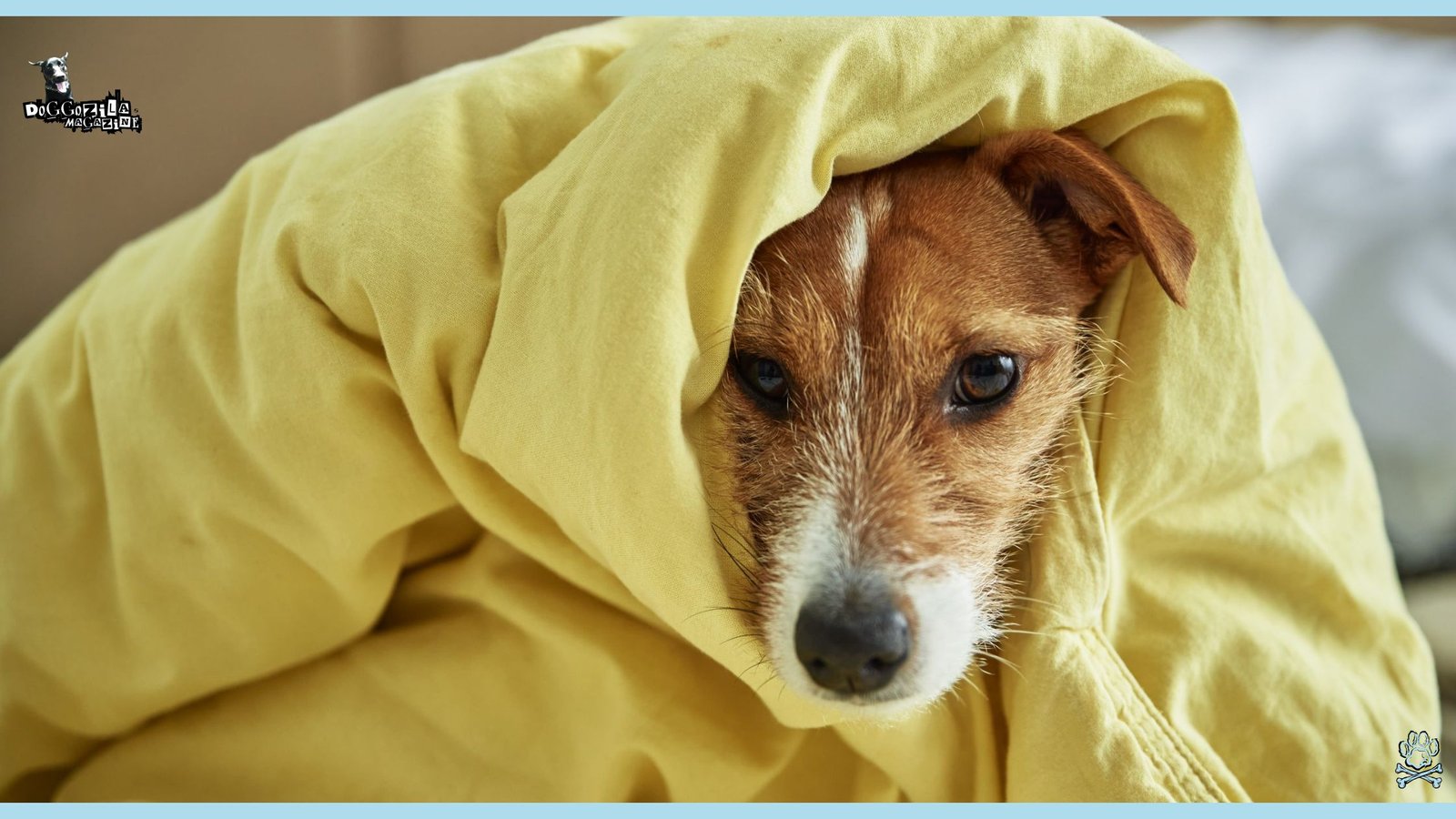
FROM STREET DOGS TO CELEBRITIES: WHY SNEAKING UP ON DOGS IS DANGEROUS REGARDLESS OF LIFESTYLE
Whether you’re dealing with a pampered Pomeranian or a street-smart mutt, the danger of unexpected approaches remains. It doesn’t matter how “chill” a dog seems—startling any canine can trigger flight, freeze, or fight responses. In fact, dogs with vastly different life experiences still share one thing: an instinct for self-preservation.
Imagine sneaking up on a retired police K9; even if they’re now a sofa surfer, the training reflex doesn’t just disappear. That highlights exactly why sneaking up on dogs is dangerous: their reactions are built into a survival blueprint. And trust doesn’t neutralize reflexes, especially ones rooted in fear.
Urban Environments Prove Why Sneaking Up On Dogs Is Dangerous In Unpredictable Ways
Cities are filled with sounds, sights, and chaos. Dogs living in dense areas like New York or Tokyo often develop sensory thresholds to handle the noise. But even then, a human creeping up silently from behind can trigger a burst of confusion. In one case from Barcelona, a media influencer’s fashionable bulldog lashed out during a photo shoot when a passerby tried to “boop” it from behind.
The clip went viral—and so did the warnings that followed. Even Instagram-famous pups with daily handlers aren’t immune to stress-based instincts. Reactions to being startled can result in escalated aggression, accidental injuries, or lifelong fear triggers. This paints a pretty vivid picture of why sneaking up on dogs is dangerous, even in stylized, well-trained, media-savvy canine circles.
Working Dogs Also Show Why Sneaking Up On Dogs Is Dangerous While They’re On Duty
Dogs with jobs—guide dogs, therapy dogs, scent trackers—aren’t just loyal; they’re focused. When working, these dogs are in “mission mode” and rely on peripheral awareness. Interrupting them from behind can break concentration and put their handler at risk.
One blind runner in the UK reported her guide dog bolted after being startled by an excited fan who grabbed its tail. The aftermath wasn’t just distressing—it was dangerous. These dogs serve crucial roles and need space to do their jobs safely. People who think they’re being playful don’t realize they’re undermining that focus. That’s yet another compelling case for why sneaking up on dogs is dangerous: it doesn’t just threaten the dog, it disrupts lives.
🔑 Key Points: Kids’ unpredictable movements and sudden hugs can startle dogs, especially if they’re sleeping or eating. Teaching children respectful interactions prevents accidents and strengthens trust.
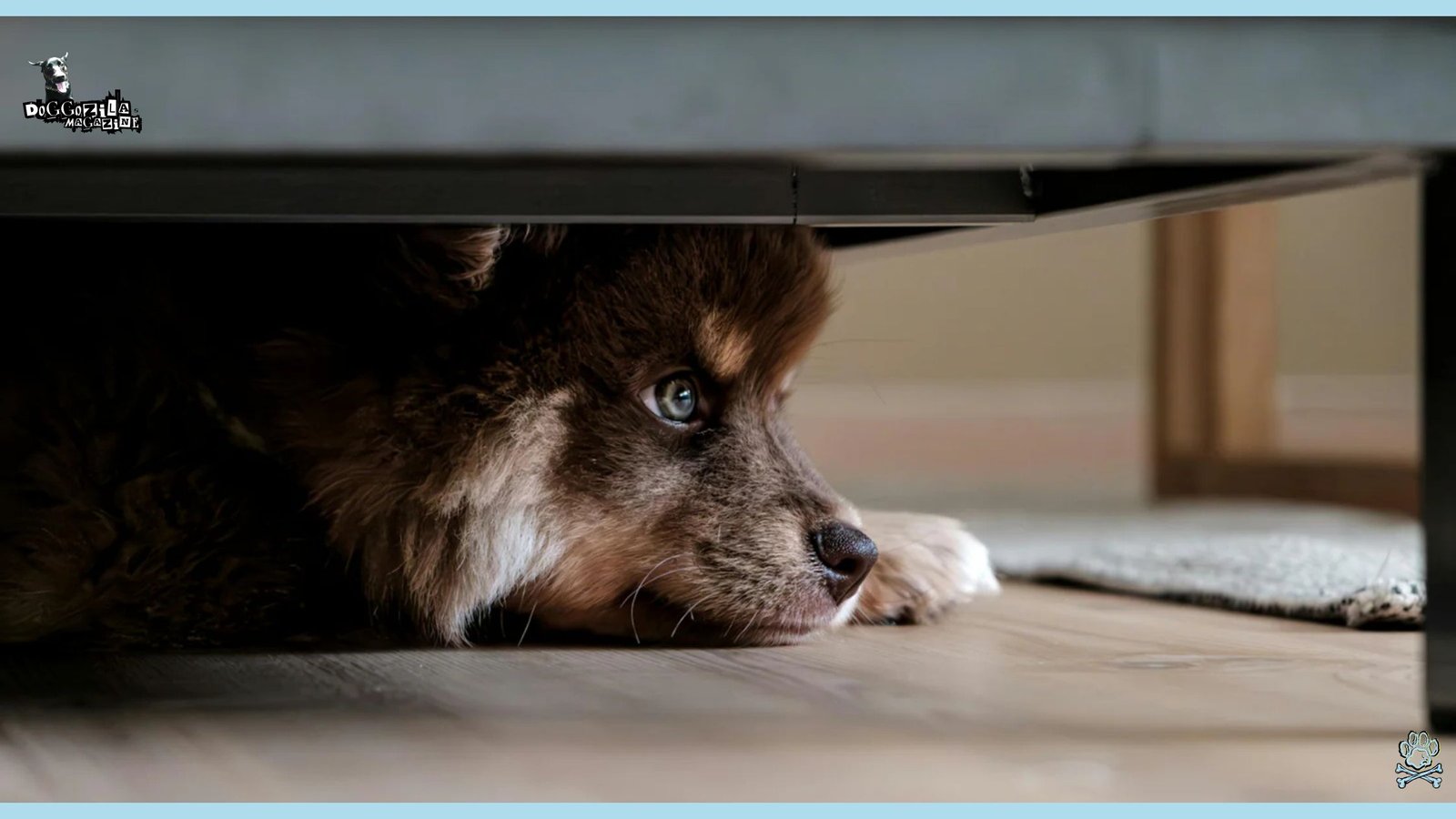
3 FUN FACTS ABOUT WHY SNEAKING UP ON DOGS IS DANGEROUS
Dogs Have a “Startle Zone”
Just like humans, dogs have a personal bubble! Approaching silently from behind invades their “startle zone,” triggering an instinctive fight-or-flight response—even if they know you well.
Some Breeds Are “Rear-Sensitive”
Herding and guard breeds (like German Shepherds and Border Collies) are hardwired to react to surprises from behind. In their minds, a sneaky approach = a potential predator!
Deaf Dogs Might “Feel” You Coming
Since hearing-impaired dogs can’t rely on sound, they often sense vibrations through the floor. If you tiptoe up, they might not notice until the last second—leading to a bigger scare (and possibly a bigger reaction)!
Bonus: Dogs Remember Surprises – One bad startle can make a dog wary of similar situations for life. That’s why some pups side-eye anyone who walks behind them!
🔑 Key Points: Dogs with past trauma are especially sensitive to unexpected approaches, which can trigger fear-based reactions. Shelter professionals emphasize predictable routines to rebuild trust safely.
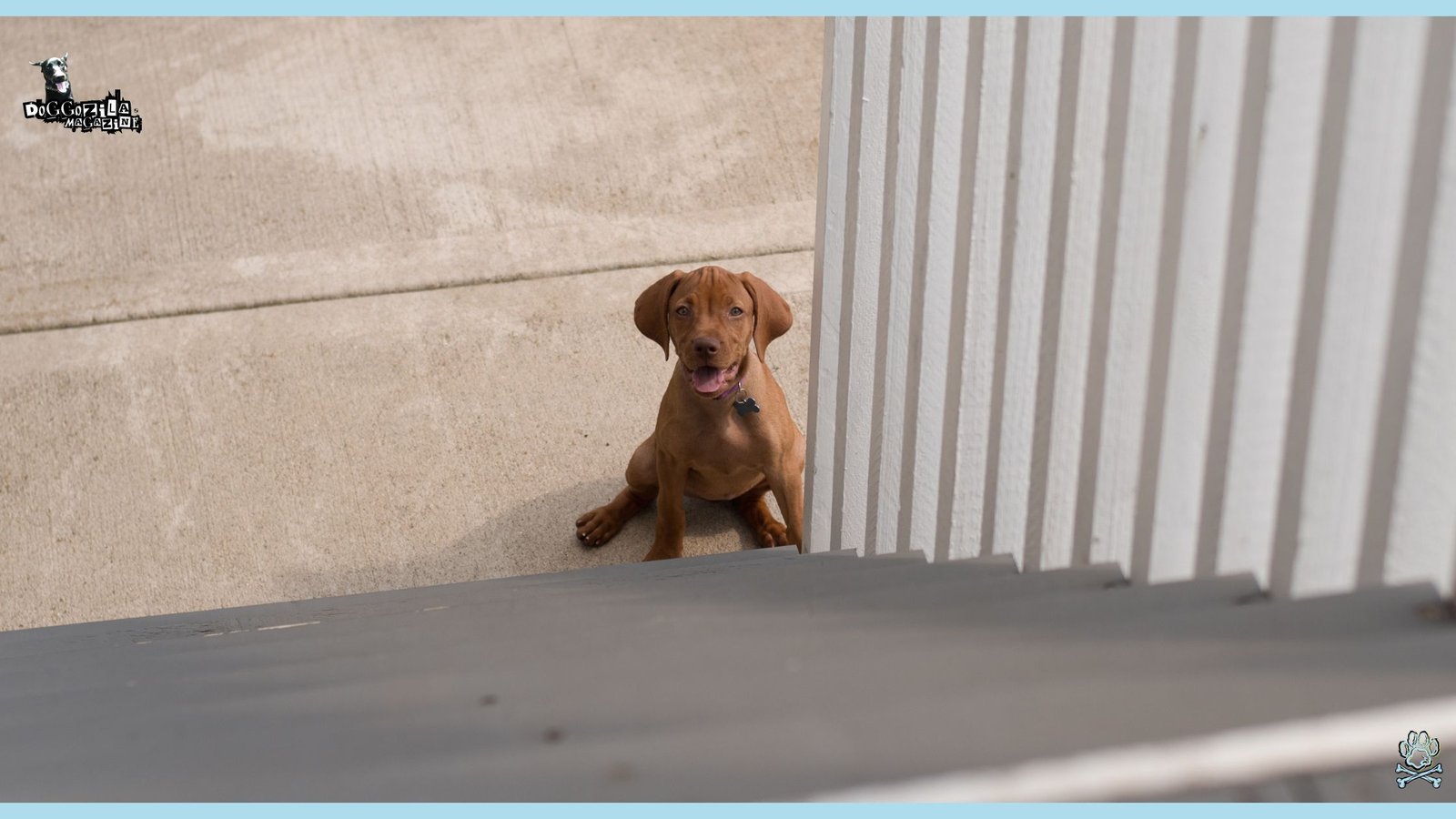
RESPECT IS THE SECRET INGREDIENT TO A SAFER DOG-HUMAN BOND
You don’t need a degree in animal behavior to understand how dogs feel: surprised is never a good look on them. Their tails, eyes, ears, and entire posture are constantly communicating. But if you sneak, you silence the conversation. The essence of safety in any dog relationship isn’t control—it’s respect. And understanding why sneaking up on dogs is dangerous helps every interaction become more compassionate.
Why Sneaking Up On Dogs Is Dangerous Becomes Obvious Once You Look From Their Point Of View
Put yourself in their paws for a moment. Imagine lying peacefully, then being jolted awake by a thud or a hand out of nowhere. Your heart races, your brain flashes warning signals—and that’s if you’re human. Now amplify those instincts by millions of years of evolution.
Dogs interpret silence and speed from behind as predator-like movements. Their vision and hearing evolved to detect threats before they arrive, but when those defenses are bypassed, panic takes over. And once panic sets in, it’s hard to pull it back without consequences.
So, whether it’s a stranger’s hand or a familiar family member’s sneaky prank, the experience is jarring. This is the final layer of truth beneath why sneaking up on dogs is dangerous—it removes choice, voice, and safety in one motion.

